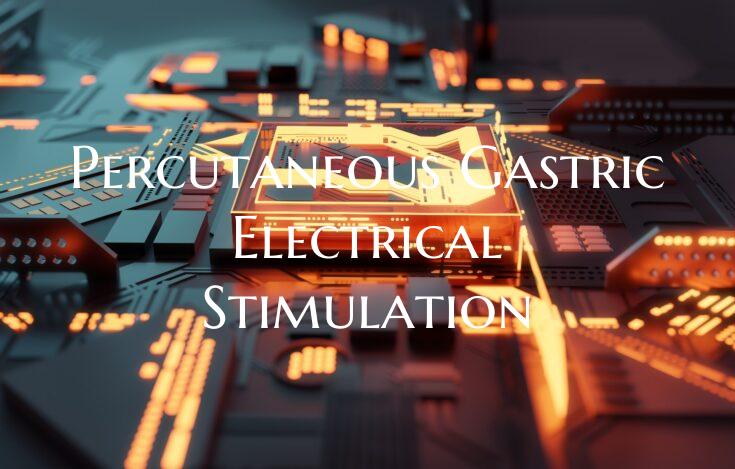Percutaneous Gastric Electrical Stimulation
Introduction: Percutaneous gastric electrical stimulation (GES) is an innovative medical procedure that has shown promise in the treatment of gastroparesis. This condition affects the normal movement of the stomach muscles, leading to symptoms such as nausea, vomiting, bloating, and abdominal pain. Traditional treatment options for gastroparesis have limitations, but GES offers a non-invasive and promising alternative for patients.
What is Percutaneous Gastric Electrical Stimulation? Percutaneous GES involves the insertion of small electrodes through the skin into the stomach wall. These electrodes deliver mild electrical impulses to stimulate the muscles of the stomach, helping to improve motility and reduce symptoms of gastroparesis. The procedure is minimally invasive and can be performed on an outpatient basis.
Advantages of Percutaneous GES: 1. Non-invasive: Unlike surgical interventions, percutaneous GES does not require major incisions or extensive recovery time. 2. Customizable: The intensity and frequency of the electrical stimulation can be adjusted according to each patient's needs. 3. Improved Symptoms: Clinical studies have shown that percutaneous GES can lead to significant improvements in symptoms such as nausea, vomiting, and bloating in patients with gastroparesis. 4. Quality of Life: By enhancing gastric motility, GES can improve the quality of life for individuals suffering from gastroparesis, allowing them to eat more comfortably and enjoy a better overall well-being.
Considerations and Future Directions: While percutaneous gastric electrical stimulation shows promise in the management of gastroparesis, further research is needed to establish its long-term effectiveness and safety. Additionally, healthcare providers are exploring the potential of combining GES with other therapies, such as medication and dietary modifications, to provide comprehensive care for patients with gastroparesis.
Conclusion: Percutaneous gastric electrical stimulation is a revolutionary approach in the treatment of gastroparesis, offering hope to patients who have not found relief with traditional therapies. As this technology continues to evolve and new evidence emerges, percutaneous GES may become an essential tool in the management of gastrointestinal motility disorders.

